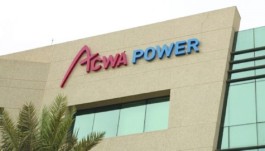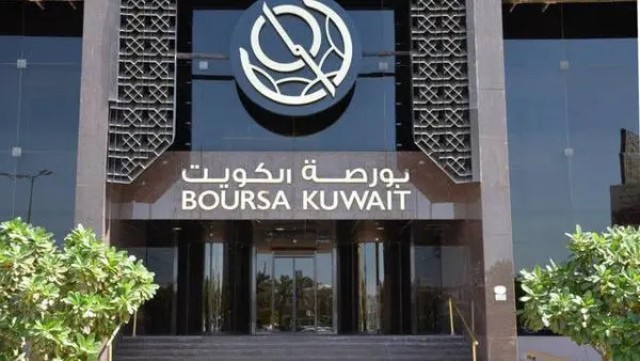Sources pointed out to the newspaper, that the Kuwaiti Capital Markets Authority imposed measures that would amend the path of some troubled companies on the Kuwait Stock Exchange, through alternatives, including amortization of accumulated losses through reserves and issue premiums, treasury shares and carry-over profits if any, in addition to that there are companies that announced the procedures What will be taken to address the accumulated losses includes settlement of loans during the current period, which will be reflected in its budget and reduced losses, as announced by Eva.
The sources attributed the reason that some companies incurred losses exceeding 50% to the decline in the value of associate companies, as well as the high loss of the shares of the results of the associate companies, in addition to losses resulting from the sale of Assumed an investment in an associate, a decrease in dividend income, in addition to making provisions, as well as a decrease in the value of assets, an increase in operating expenses and other burdens, as well as recording a loss from discontinued operations.
She added that the authority is working on approving more regulatory frameworks to address the situation of troubled companies, which will appear to the public during the coming period, as I have created a guide to classify the efficiency of companies Listed on the stock exchange, and classified into 5 categories, based on a reading of 17 carefully selected indicators, distributed into 4 different groups to compare the performance of each of these companies with their counterparts to see which is more superior to the other.
She stated that the Market Authority has put in place systems and work programs to classify all listed companies into specific categories related to the strength and weakness of these companies in terms of their performance, stock prices, in addition to the size of debts. The company and the availability of liquidity of its assets, its ability to make profits, as well as obliging the troubled companies to submit an approved technical study to measure and follow up on the risk reduction that may result from the failure of the structuring plan.










































